Cambridge Phonics and Handwriting
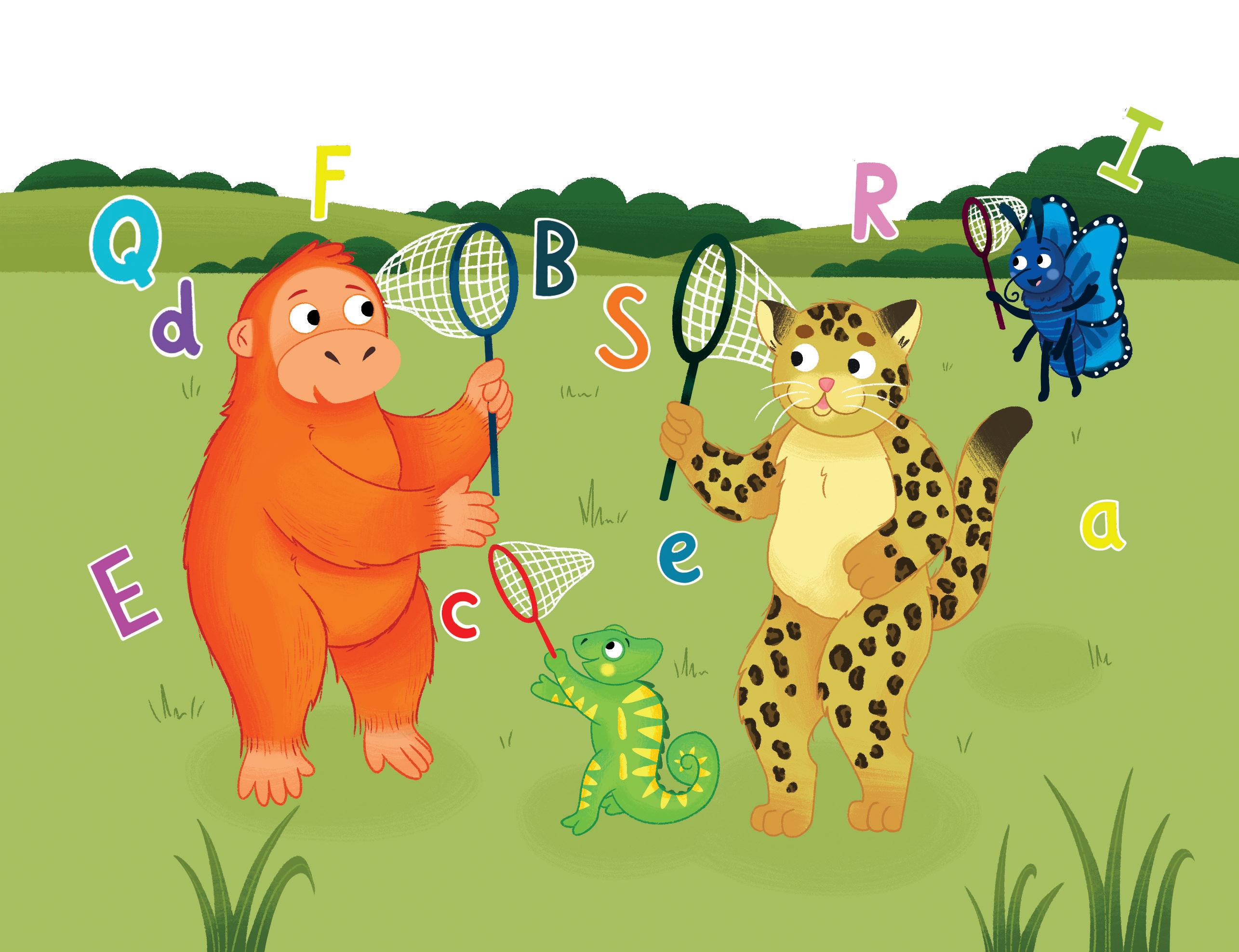
Learner’s Book Step 2 A
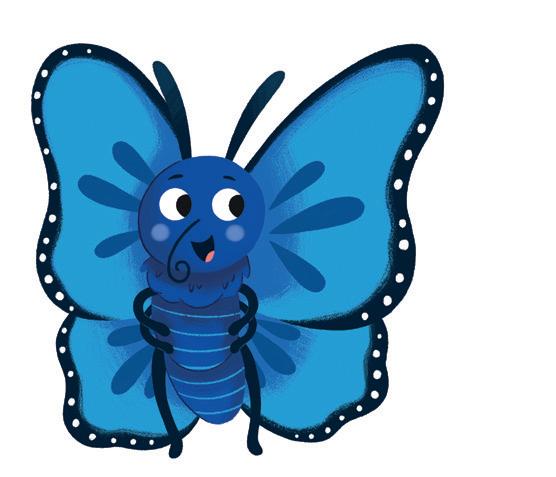
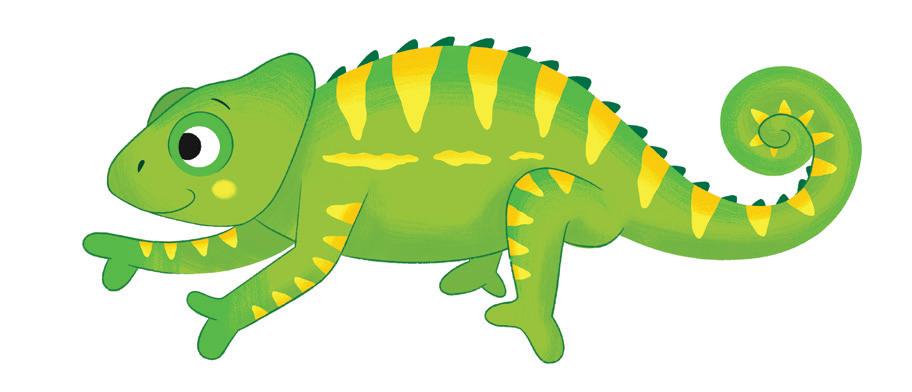




This Learner’s Book provides activities to support the first 10 units of Cambridge Phonics and Handwriting Step 2. The Teaching Resource provides full coverage of the Cambridge Phonics and Handwriting Framework and guidance on how the Learner’s Book activities develop the framework statements.
Activities can be used at school or at home. Children will need support from an adult. Additional guidance about activities can be found in the For practitioners boxes.
When children learn to read using phonics, they start by learning the sounds that letters make. For example, the letter t makes a sound like the start of the word ‘tap’. We say /t/ (a short sound), not ‘tee’ (the letter name).
Using the letter sounds helps children read by putting sounds together to make words. It also helps them spell by breaking words into sounds. When you help your child at home, try to use the sounds, not the letter names. You can find videos and tips to help you say the sounds at our parent support site.
Some letters stand for more than one sound. For example, the letter c sounds different in ‘cat’ and ‘circle’. The example word in the table below demonstrates the sound that your child is learning at this time.
Some sounds are represented by more than one letter or group of letters. For example, c, k and ck all represent the same sound. Your child might learn the sound of a letter before they learn how to write the letter.
n net
i ill
t tap
a ant
d duck
s sad
l legs

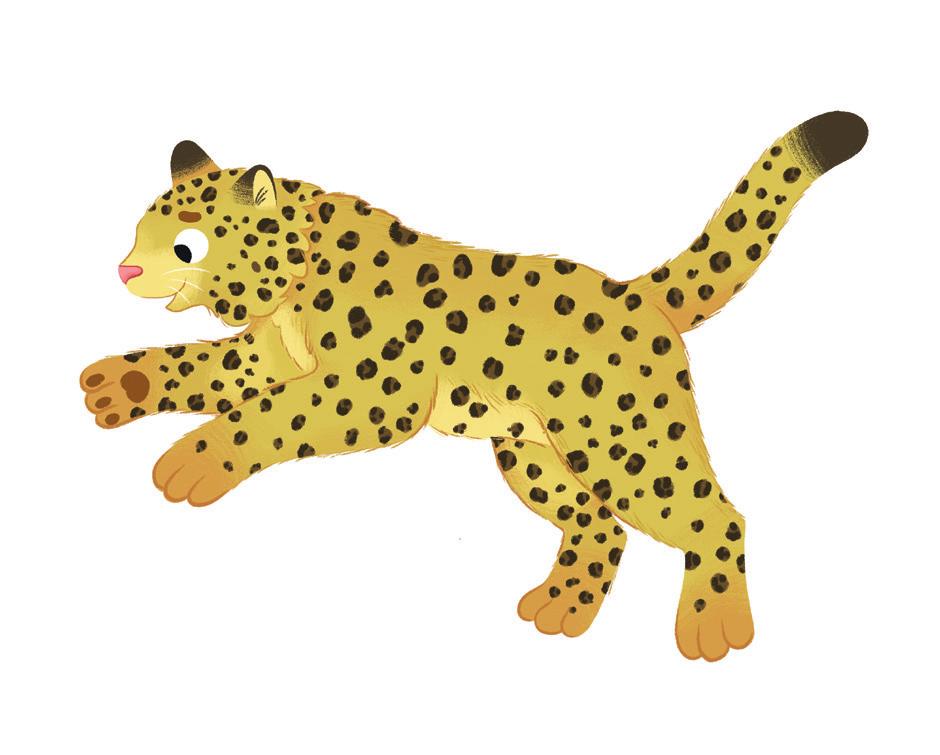
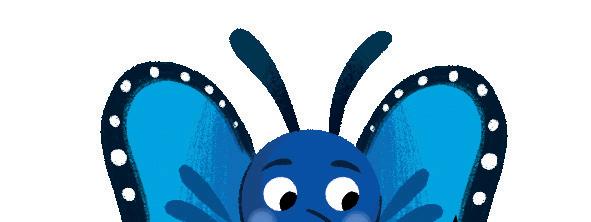

Ask the child to look at the picture and find as many words beginning with the sound /m/ as they can. Ask them to say the words beginning with the sound /m/ (mouse, melon(s), mango(es)). They circle the items in the picture with a coloured pencil. Repeat for words beginning with the sound /l/ using a different coloured pencil: lion, long legs



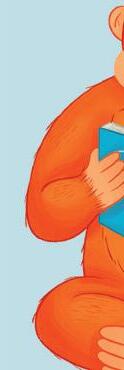


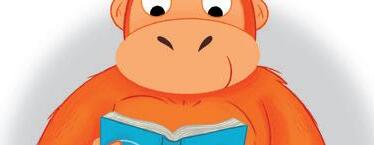
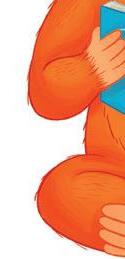
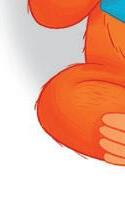
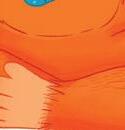
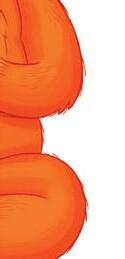
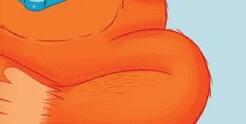
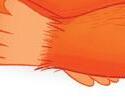
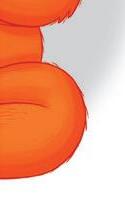

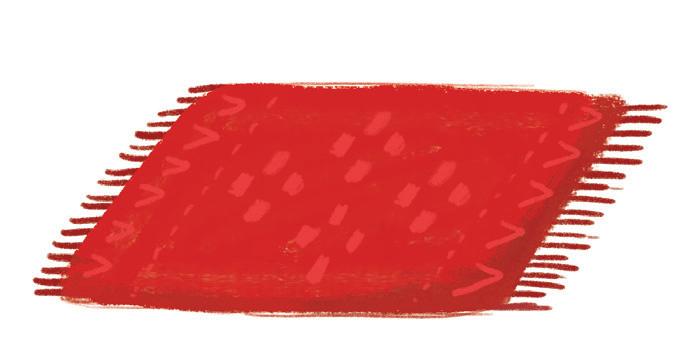
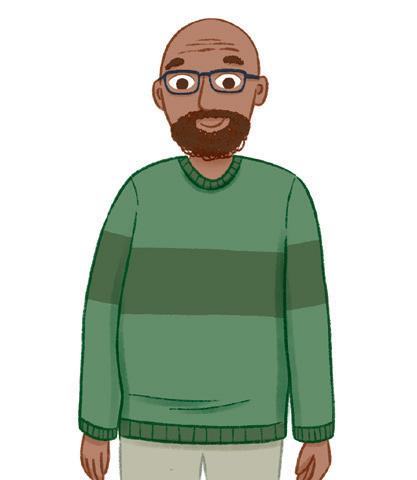


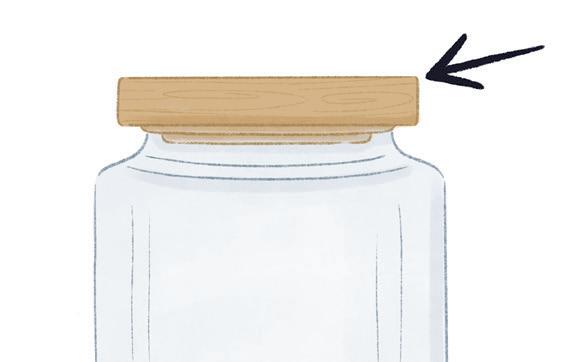

Ask the child to look at the first word: mat. They read the word, sound by sound, then the whole word: /m//æ//t/, mat. Then ask them to draw a line to connect it to the picture of the mat. Repeat for lid, man and sad


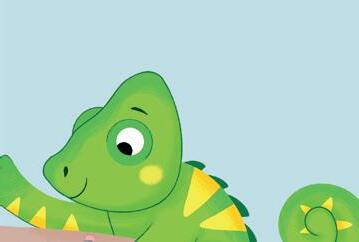
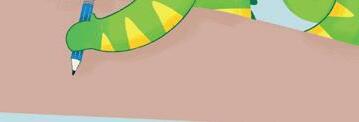

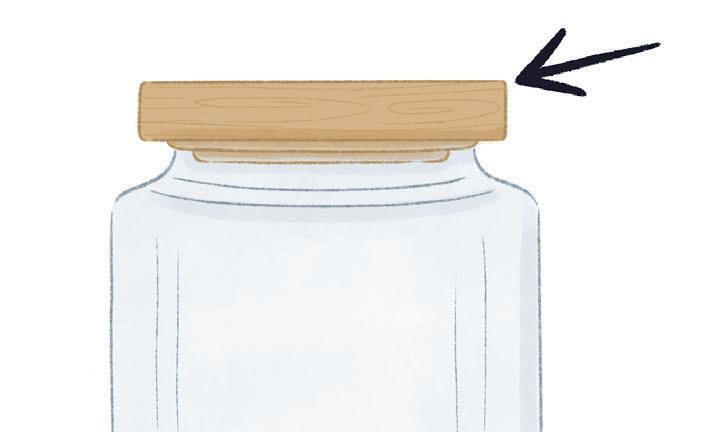

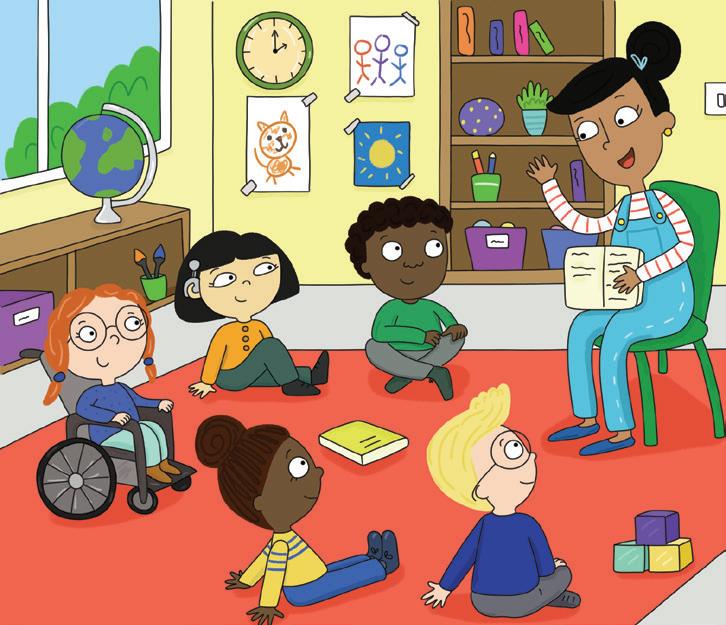
Ask the child to read the first word, sound by sound, then the whole word: /l/, /ɪ/, /d/, lid. Ask the child to find one or more long-legged giraffe letters in the word (l and i) and then trace the letters with a pencil. Repeat for the other words.